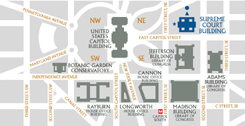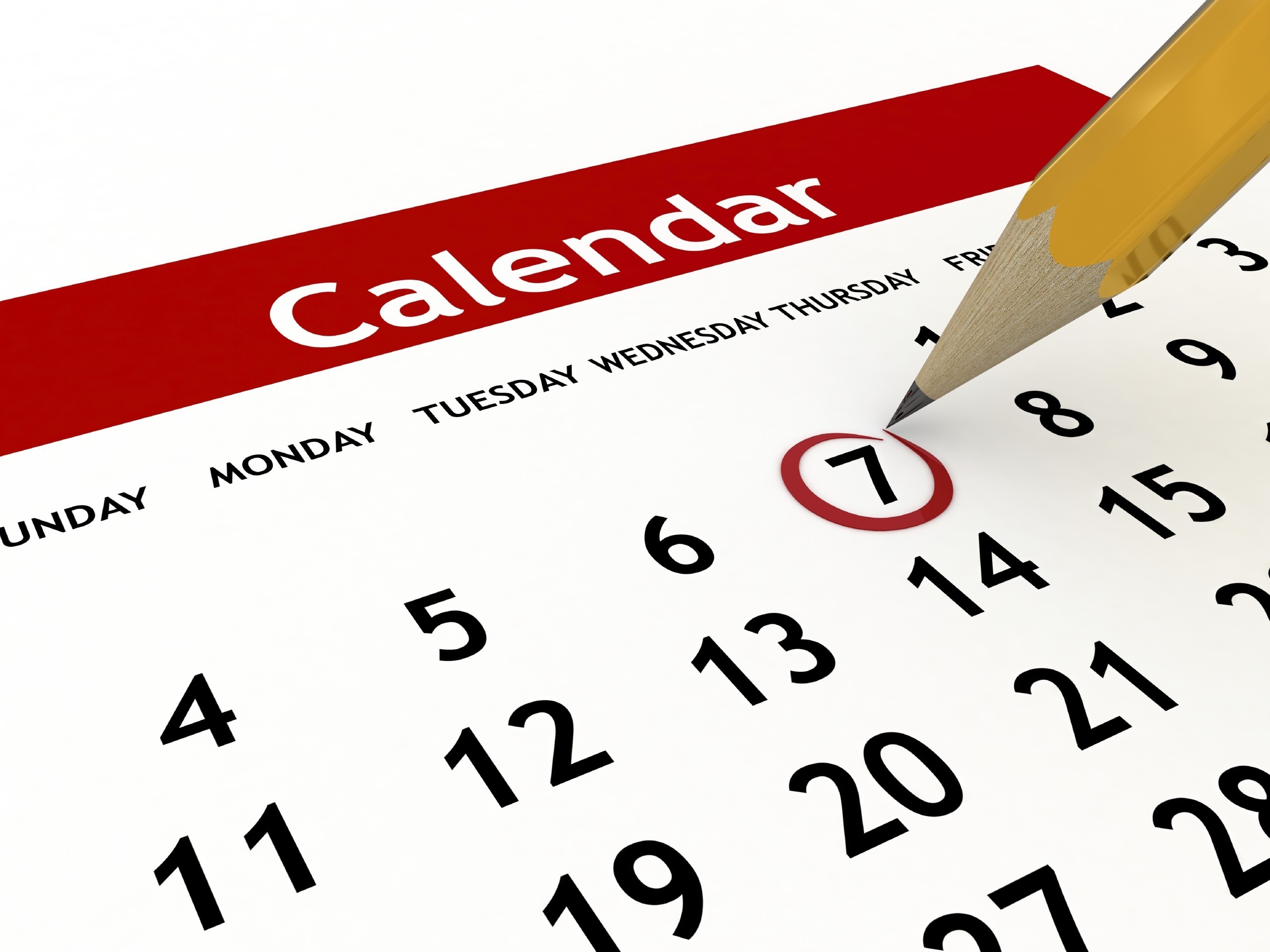
The Supreme Court consists of the Chief Justice of the United States and such number of Associate Justices as may be fixed by Congress. The number of Associate Justices is currently fixed at eight (28 U. S. C. §1).
Approximately 10,000 petitions are filed with the Court in the course of a Term. In addition, some 1,200 applications of various kinds are filed each year that can be acted upon by a single Justice.
The Courts Term
A Term of the Supreme Court begins, by statute, on the first Monday in October.Usually Court sessions continue until late June or early July. The Term is divided between "sittings," when the Justices hear cases and deliver opinions, and intervening "recesses," when they consider the business before the Court and write opinions. Sittings and recessesalternate at approximately two-week intervals.
The Building
The main entrance to the Supreme Court Building is on the west side, facing the United States Capitol.
The Supreme Court is open to the public from 9 a.m. to 4:30 p.m., Monday through Friday. It is closed Saturdays, Sundays, and the federal legal holi- days listed in 5 U. S. C. §6103. Unless the Court or the Chief Justice orders otherwise, the Clerk's Office is open from 9 a.m. to 5 p.m., Monday through Friday, except on those holidays. The Library is open to members of the Bar of the Court, attorneys for the various federal departments and agencies, and Members of Congress.
How a Case is Argued
With rare exceptions, each side is allowed 30 minutes argument and up to 24 casesmay be argued at one sitting. Since the majority of cases involve the review of a decision of some other court, there is no jury and no witnesses are heard. For each case, the Court has before it a record of prior proceedings and printed briefs containing the arguments of each side.
During the intervening recess period, the Justices study the argued and forth coming cases and work on their opinions. Each week the Justices must also evaluate more than 130 petitions seeking review of judgments of state and federal courts to determine whichcases are to be granted full review with oral arguments by attorneys.

When the Court is sitting, public sessions begin promptly at 10 a.m. and continue until 3 p.m., with a one-hour lunch recess starting at noon. No public sessions are held on Thursdays or Fridays. On Fridays during and preceding argument weeks, the Justicesmeet to discuss the argued cases and to discuss and vote on petitions for review.
When the Court is in session, the 10 a.m. entrance of the Justices into the Courtroom is announced by the Marshal. Those present, at the sound of the gavel, arise and remainstanding until the robed Justices are seated following the traditional chant: "The Honorable, the Chief Justice and the Associate Justices of the Supreme Court of the United States. Oyez! Oyez! Oyez! All persons having business before the Honorable, the Supreme Court of the United States, are admonished to draw near and give their attention, for the Court is now sitting. God save the United States and this Honorable Court!"
Prior to hearing oral argument, other business of the Court is transacted. On Monday mornings this includes the release of an Order List, a public report of Court actions including the acceptance and rejection of cases, and the admission of new members to the Court Bar. Opinions are typically released on Tuesday and Wednesday mornings and on the third Monday of each sitting, when the Court takes the Bench but no arguments areheard.
The Court maintains this schedule each Term until all cases ready for submission havebeen heard and decided. In May and June the Court sits only to announce orders andopinions. The Court recesses at the end of June, but the work of the Justices is unceasing.During the summer they continue to analyze new petitions for review, consider motions andapplications, and must make preparations for cases scheduled for fall argument.
 Print
Print Email
Email







